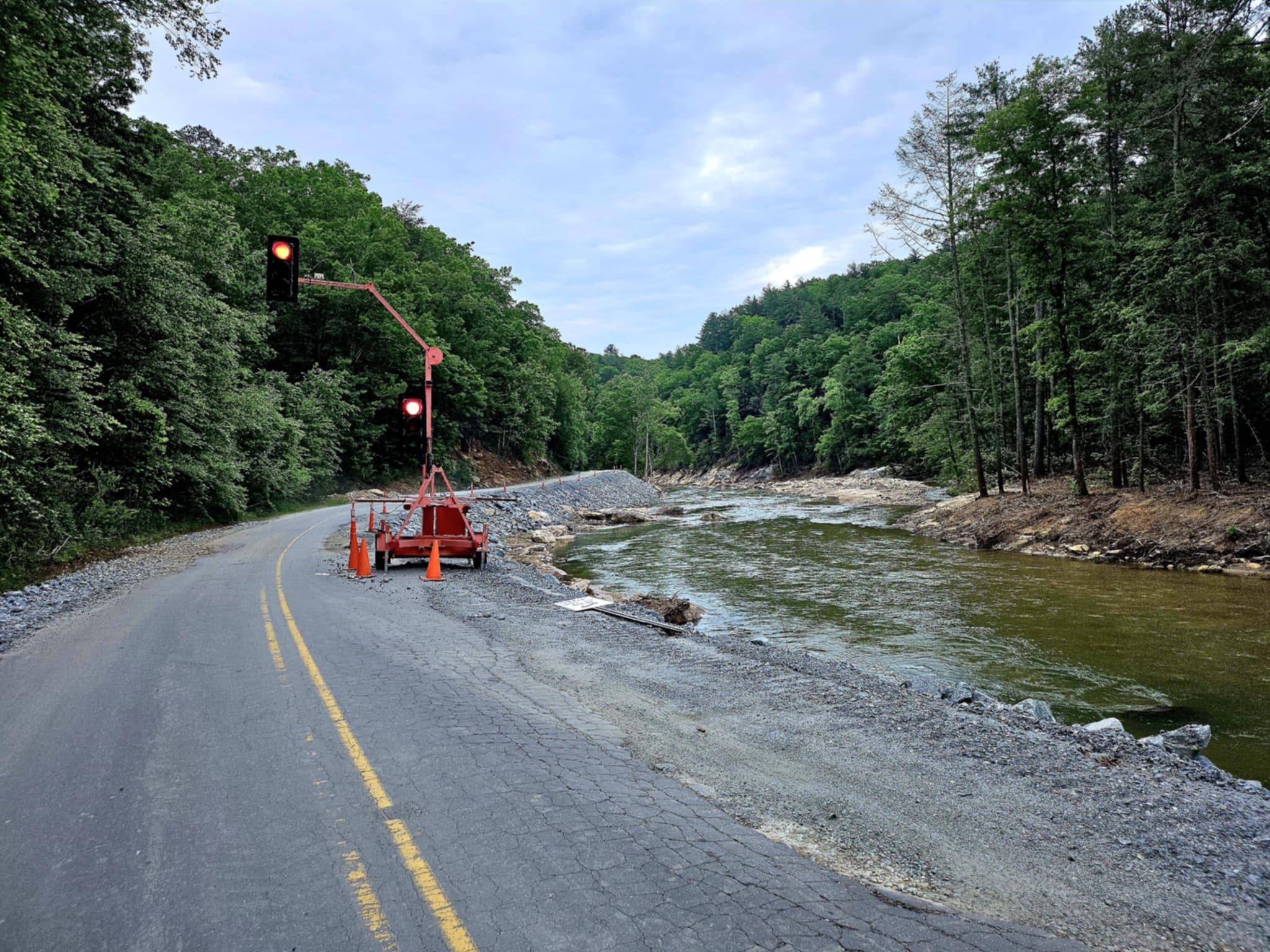Healing Waters After the Storm – The Green River’s Remarkable Comeback
Published 3:35 pm Thursday, July 10, 2025


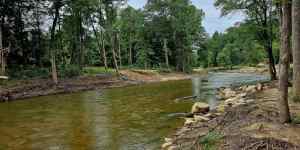

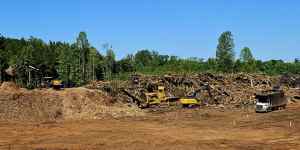


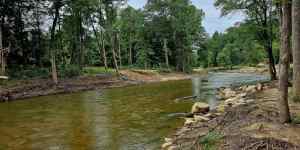
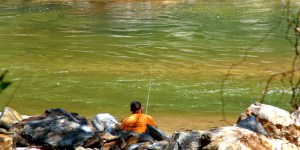
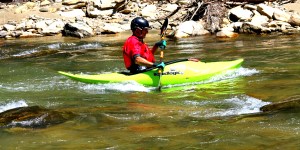
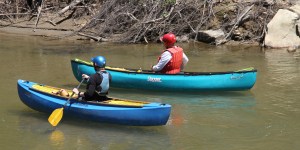
|
Getting your Trinity Audio player ready...
|
I recently drove down Green River Cove Road expecting to see what I had seen months earlier—twisted debris, mangled banks, and a river corridor that looked like it would take years to heal. What I saw instead left me stunned. The road was open, the parking area at Fishtop was accessible, and while the beauty of the place hadn’t yet fully returned, the level of recovery was far beyond what I ever imagined possible in such a short amount of time. I never thought it would be cleaned up this much, this fast.
While the river is not quite back to normal—beautification and finishing touches are still on the horizon—it’s clear that an enormous effort has been made. The damage from Hurricane Helene was immense. A “pulse” of water from the Narrows barreled into the lower stretch, leaving behind a trail of destruction. Trees, sediment, metal scraps, household junk—you name it—were dumped along the riverbanks and wedged into rocks and crevices. The energy dissipated over the first mile and a half below Fishtop, but even downstream, the signs of disorder were everywhere.
Then the troops arrived. The U.S. Army Corps of Engineers mobilized in late January with a wave of heavy equipment, working 16-hour days to clear massive debris. Meanwhile, nonprofit organizations like MountainTrue and the Green Riverkeeper have remained on the ground, cleaning up the human-scale mess—everything from step ladders to mufflers to tweezers. They continue to comb the riverbed and banks, with work expected to continue through late May.
Trending
Their goal is simple: make the river safe for recreation and gradually restore its beauty.
For months, heavy machinery operated tirelessly, loading enormous piles of downed trees, rocks, and debris into trucks. The material was hauled into a large flat area in Mill Spring, directly across from Polk County Middle School. There, it was separated, ground into mulch, and processed for removal. The operation, led by AshBritt Environmental and coordinated with other tree-removal contractors, helped clear a massive volume of storm-related waste. The effort was essential to restoring both safety and access to the lower Green.
The Green River itself winds through the Green River Game Lands, a 14,000-acre tract in Henderson and Polk counties managed by the North Carolina Wildlife Resources Commission. The river is a rare gem—pristine, scenic, and one of the few free-flowing rivers in the country that supports both recreation and limited commercial activity. It flows roughly 16 miles from Lake Summit to Lake Adger and includes three distinct sections: the Upper Green, the Narrows, and the Lower Green.
The Upper Green begins just below Lake Summit Dam and offers a four-mile intermediate paddling stretch down to the confluence with Big Hungry Creek. From there, the Narrows—a world-famous, three-mile Class V section—begins. This is where expert kayakers test themselves each fall during the Green Race. That section took a brutal hit from the storm and, by all accounts, has been permanently altered. The takeout for the Narrows is Fishtop, which is also the starting point for the Lower Green, a six-mile stretch ideal for tubing and beginner paddling, ending at Big Rock Access. Two more miles downstream, the river feeds into Lake Adger. A special thanks goes to Tim Bell, co-owner of Green River Adventures, whose insight into the river’s layout and evolving regulations helped describe the context and clarity of this report.
For decades, the Green River has been a beloved playground for locals and tourists alike, especially in the summer when tubing companies move thousands of visitors down the Lower Green. On peak days, it wasn’t uncommon to see 500 to 1,500 tubers from multiple operators floating shoulder to shoulder, creating both joy and chaos on the water. Those days aren’t entirely gone, but they may never look the same again.
The hurricane hit just as the Wildlife Resources Commission was finalizing a new commercial permitting system. Back in 2022, the agency invited outfitters—kayaking schools, tubing companies, fishing guides, and birding organizations—to a series of focus groups to discuss regulation models from other states. They were looking to bring consistency, accountability, and safety to what had become an increasingly crowded and loosely managed river. The result is a newly implemented permit structure requiring insurance, safety protocols, data reporting, and personal flotation devices for all users. Alcohol is now prohibited within 50 feet of the river. Tubing operators will need to adjust quickly, especially the older ones that had their own culture of rules.
Trending
Some businesses won’t return. Others are retooling, downsizing, or temporarily shutting down to meet the new standards. While tourism will be noticeably down this year and activity will slow, the changes are part of a long-term goal. Over time, this new structure should lead to a more organized, safer, and better-regulated recreational experience. The Green River, for nine months out of the year, is a pristine slice of wilderness. And even during tubing season, when it turns into a different kind of beast, it deserves thoughtful stewardship.
If there’s a silver lining to Hurricane Helene, it’s that it forced a long-overdue reckoning with how we use and protect this river. The state isn’t setting firm limits yet, but they are watching. Carrying capacity—the number of people and commercial outfits a river can sustain without harm—is something many other rivers already enforce. The Green River isn’t there yet. But this moment of reset may help North Carolina get closer to that vision.
As a final thought, I would hope that this massive and efficient recovery might serve as a hopeful signal to other storm-ravaged regions—places like Lake Lure, Swannanoa, Asheville, and the hard-hit stretch along Highway 176 between Tryon and Saluda, where the damage included far greater human costs. But with the delays and denials from FEMA now making headlines, I’m not entirely sure it will. It’s hard not to see the progress here as both deeply impressive—and just a little bit ironic.


